VON NEUMANN, John and Herman H. GOLDSTINE (b.1913). Numerical inverting of matrices of high order . Offprint from Bulletin of the American Mathematical Society 53 (November 1947). 4 o. Original green printed wrappers; boxed. SIGNED on the front wrapper: "Herman H. Goldstine 5/26/00." Provenance : George W. Reitwiesner, with his signature and stamp on the front wrapper. After the appearance of von Neumann, Bargmann, and Montgomery's 1946 paper on the solution of high-order linear systems, von Neumann re-examined his thinking on the subject, concluding that he had been overly pessimistic in accepting Harold Hotelling's conjecture that elimination methods such as Gauss's were unsuitable for these types of problems. Von Neumann had originally thought, along with Hotelling, that Gauss's method would fail in a large system due to the accumulation of "round-off" errors in the intermediate calculations -- a phenomenon known as numerical instability. In subsequent discussions with Herman Goldstine, however, von Neumann came to the realization that "even though errors may build up during one part of the computation, it was only relevant to ask how effective is the numerically obtained solution, not how close were some of the auxiliary numbers, calculated on the way to their correct counterparts" (Goldstine 1972, 290). Sensing "that at least for positive definite matrices the Gaussian procedure could be shown to be quite stable" (Goldstine 1972, 290), von Neumann and Goldstine presented their proof of this in the present paper, which the mathematician J. H. Wilkinson described as having laid the foundation of modern error analysis (quoted in Goldstine 1972, 290-91). Alan Turing, who had been working independently along similar lines, produced results in accord with those of von Neumann and Goldstine, which he published in 1948 ( Quarterly Journal of Mechanics and Applied Mathematics 1 [1948]: 287-308). OOC 957.
VON NEUMANN, John and Herman H. GOLDSTINE (b.1913). Numerical inverting of matrices of high order . Offprint from Bulletin of the American Mathematical Society 53 (November 1947). 4 o. Original green printed wrappers; boxed. SIGNED on the front wrapper: "Herman H. Goldstine 5/26/00." Provenance : George W. Reitwiesner, with his signature and stamp on the front wrapper. After the appearance of von Neumann, Bargmann, and Montgomery's 1946 paper on the solution of high-order linear systems, von Neumann re-examined his thinking on the subject, concluding that he had been overly pessimistic in accepting Harold Hotelling's conjecture that elimination methods such as Gauss's were unsuitable for these types of problems. Von Neumann had originally thought, along with Hotelling, that Gauss's method would fail in a large system due to the accumulation of "round-off" errors in the intermediate calculations -- a phenomenon known as numerical instability. In subsequent discussions with Herman Goldstine, however, von Neumann came to the realization that "even though errors may build up during one part of the computation, it was only relevant to ask how effective is the numerically obtained solution, not how close were some of the auxiliary numbers, calculated on the way to their correct counterparts" (Goldstine 1972, 290). Sensing "that at least for positive definite matrices the Gaussian procedure could be shown to be quite stable" (Goldstine 1972, 290), von Neumann and Goldstine presented their proof of this in the present paper, which the mathematician J. H. Wilkinson described as having laid the foundation of modern error analysis (quoted in Goldstine 1972, 290-91). Alan Turing, who had been working independently along similar lines, produced results in accord with those of von Neumann and Goldstine, which he published in 1948 ( Quarterly Journal of Mechanics and Applied Mathematics 1 [1948]: 287-308). OOC 957.



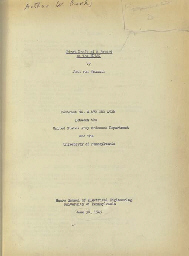

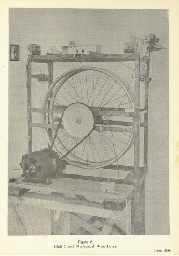
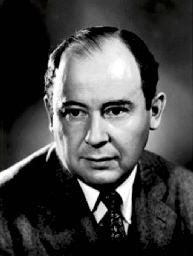
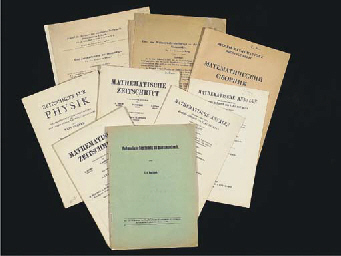

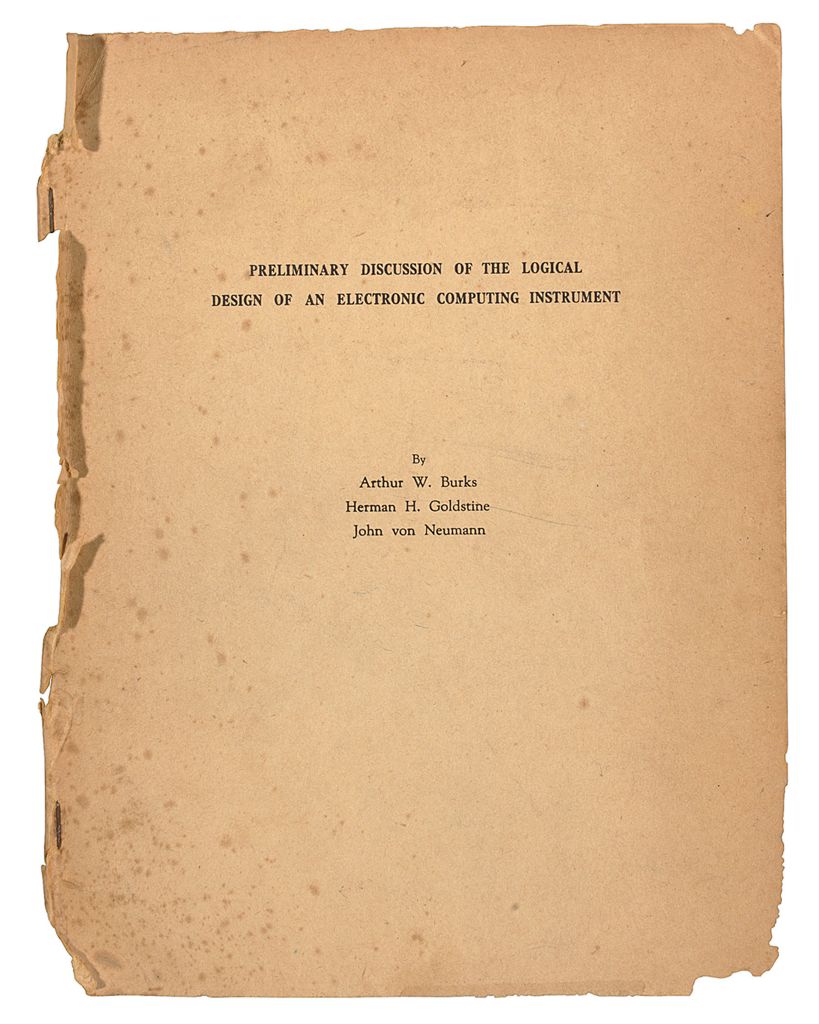


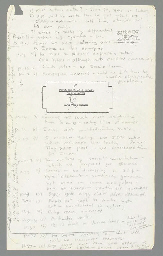


Try LotSearch and its premium features for 7 days - without any costs!
Be notified automatically about new items in upcoming auctions.
Create an alert